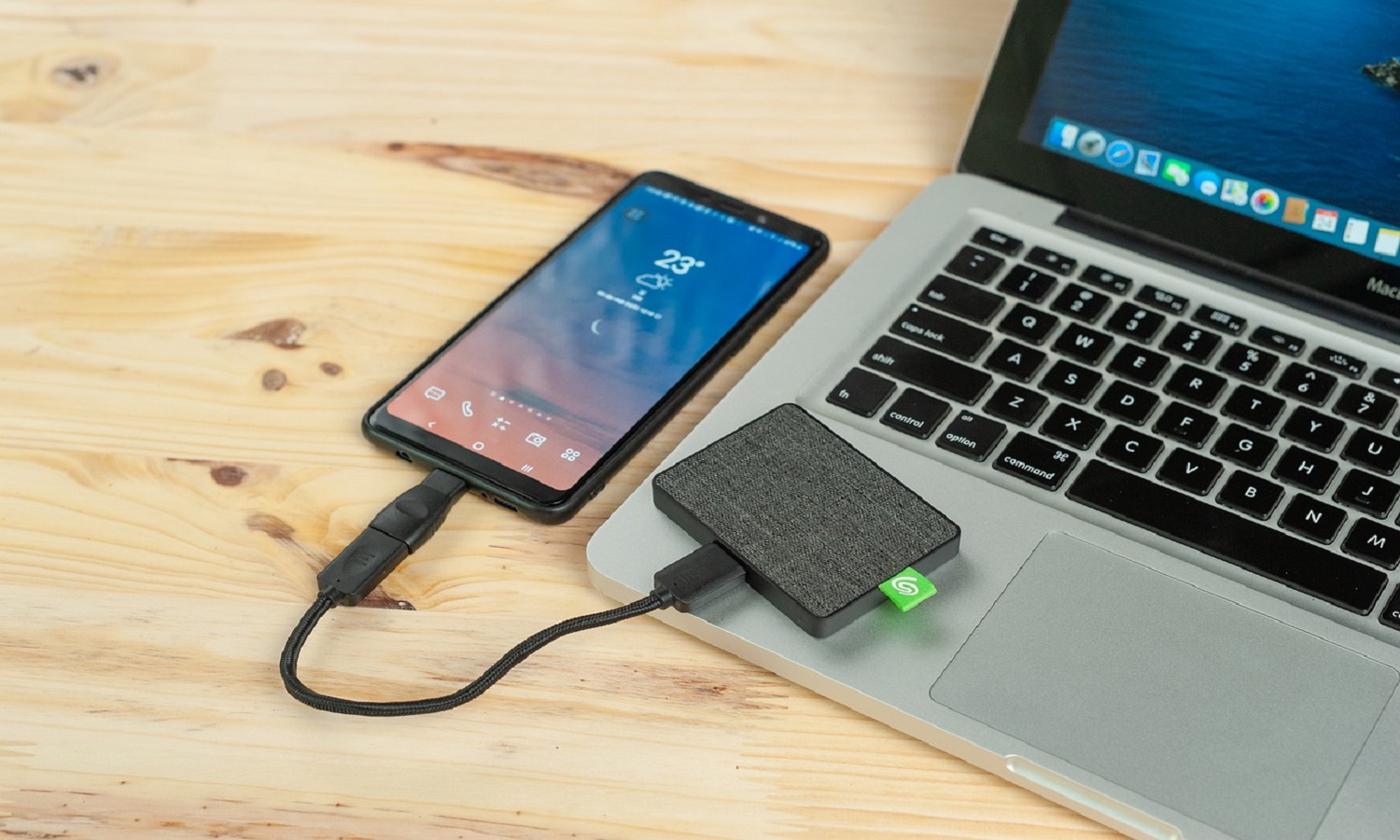The 5 advantages of SSD drives
There is no doubt that the use of solid state drives (SSDs) is becoming more popular in servers, desktops and laptops. You can speed up the operation of an old desktop or laptop PC by replacing its hard drive (HDD) with an SSD drive. Because of their speed and reliability, SSDs are an excellent choice for new PCs, servers, and system integrators.
An SSD is a storage medium that, unlike hard drives, uses non-volatile memory (Flash) to maintain and access data. In other words: it has no mechanical parts, which makes a huge difference.
These are just a few of the many advantages of SSDs over spinning hard drives. Among other things, SSDs can improve your system’s performance with a simple upgrade. Here are five benefits of upgrading your computer with an SSD.
Table of Contents
1. Durability and reliability of an SSD drive
Heat is one of the main causes of hard drive failure, and the continuous movement of its moving parts generates enough heat to cause it to break over time. Since an SSD drive contains no such moving parts, it can maintain a lower temperature and offer much better performance. Plus, an SSD drive is much more resistant to drops, bumps, knicks, and everyday wear and tear, so the chances of data loss are much lower.
2. SSDs are faster than hard drives
SSD drives are up to 100 times faster than hard drives. The boot time of the SSD is much less, the data transfer is more immediate and the bandwidth is greater. The increased speed means that the SSD can process data at today’s ultra speeds, especially when running programs that access large volumes of data, such as operating systems. In addition, SSDs are very stable, so the stored data is well protected.
- SATA SSD: Hard drives can achieve write speeds of only 50-120 MB/s. By comparison, SSDs saturate SATA buses at 550MB/s. Despite the limitations of the buses, it is common to experience a 10-15x improvement in performance when using SATA-based SSDs instead of HDD technology.
- NVMe SSD: NVMe technology uses the PCIe bus instead of the SATA bus to unleash tremendous bandwidth power for storage devices. PCIe 4.0 (the current version) offers up to 32 lanes and can theoretically transfer data at up to 64,000 MB/s, versus the SATA III specification’s 600 MB/s limit.
3. Efficient energy consumption
Since SSDs storage have no moving parts, they require less electricity compared to a magnetic spinning hard drive. Energy efficiency is one of the most important advantages of using SSDs, especially in computers and mobile devices, where battery life is a highly valued feature.
4. Less weight, no noise
Because of their smaller size, SSDs weigh less than hard drives, which are larger and use magnetic heads and metal disks. The compact design of SSDs makes them perfect for laptops, tablets, and other small electronic devices. On the other hand, due to the absence of moving parts, SSDs are infinitely quieter than hard drives, whose noises and vibrations can be very annoying.
5. More practical sizes/form factors
Since their inception, hard drives have been severely limited by their larger sizes. For their part, SSD drives come in a variety of sizes. From 2.5″ format to the size of a gum bar.
These are the most common formats of SSDs:
- 2.5″ form factor is most common; offers best value for money per GB; closed design
- mSATA is a very small form factor; your connection type is different; bare circuit board; excellent in very limited spaces
- M.2 is a bare circuit board; available in SATA and NVMe PCIe; small form factor; about the size of a stick of gum
The last word in price
SSDs can be more expensive than hard drives. Since the technology of SSDs is newer than that of hard drives, their development costs are higher compared to them. However, the gap is closing, and the price per GB of SSDs has fallen considerably in recent years. Upgrading to a solid state drive and increasing memory are two inexpensive options for increasing the performance of your PC or laptop. Even relatively new systems can experience a significant performance boost when their hard drives are upgraded to an SSD. Users appreciate that pages load faster and applications run faster. That being said, the benefits of upgrading to an SSD far outweigh the price.




